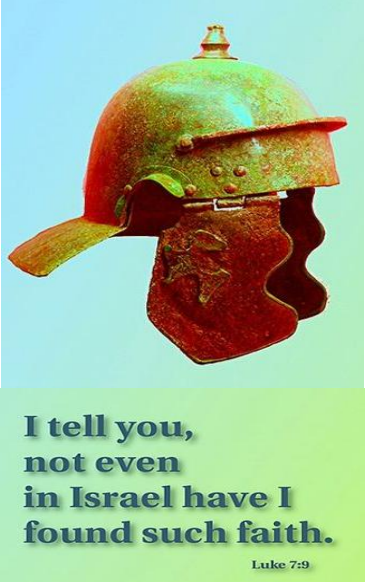There’s so much more to the Christmas story than the angels, the shepherds, the wise men, Mary and Joseph and the baby in the manger. The gospel writer, Luke, a careful historian, presents the story of the birth of Jesus as the part of the fulfillment of God’s plans and promises to send a Messiah to the people of Israel and so, it was into a particular time and place that Jesus came into the world. But before He came, someone else had to come -and his name was John and his parents had their own story.
Message
Outline
• Christmas approaching!
• Back to chapters 1 and 2
• Luke’s classic prologue/introduction
• See how Luke tells us of…
- Ordinary people in the plan of God (v.5-10)
- An extraordinary visit from an angel of God (v.11-17)
- A less-than-ordinary response from a man of God (v.18-25)
A man in two worlds
Impossibilities: no problem to Him!
Faithlessness: can never nullify His!




